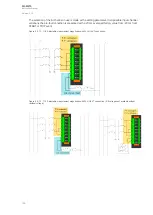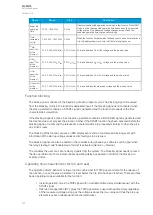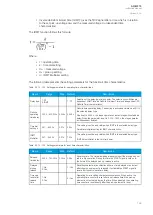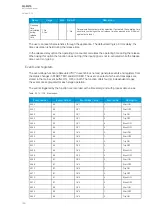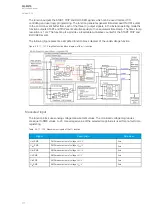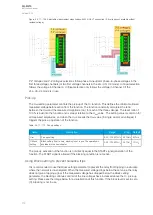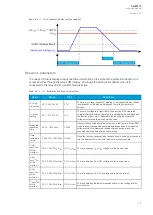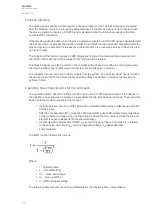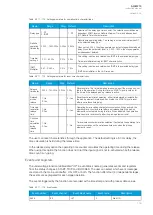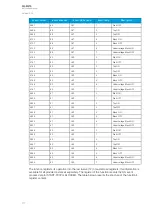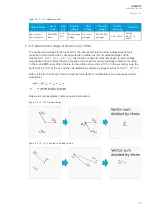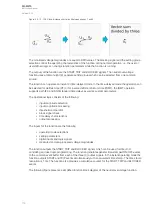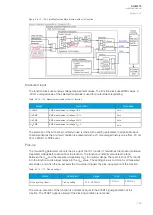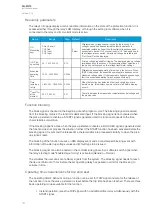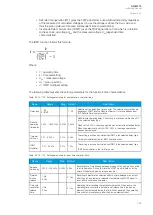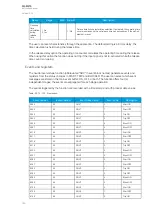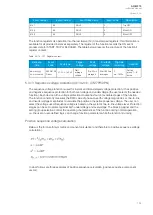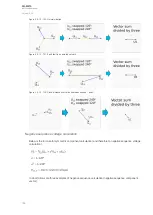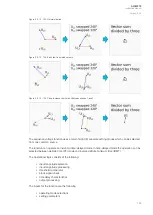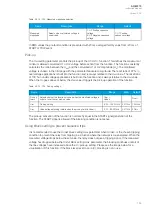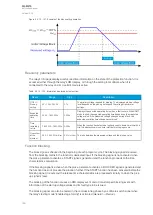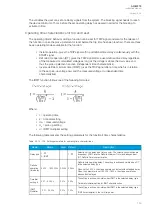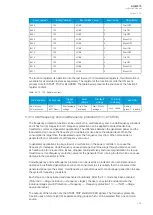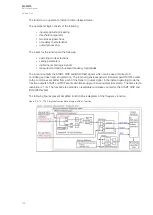
Figure. 5.3.12 - 128. Close-distance short-circuit between phases 1 and 3.
The monitored voltage magnitudes are equal to RMS values. The blocking signal and the setting group
selection control the operating characteristics of the function during normal operation, i.e. the user or
user-defined logic can change function parameters while the function is running.
The outputs of the function are the START, TRIP and BLOCKED signals. The neutral overvoltage
function uses a total of eight (8) separate setting groups which can be selected from one common
source.
The function can operate on instant or time-delayed mode. In the time-delayed mode the operation can
be selected for definite time (DT) or for inverse definite minimum time (IDMT); the IDMT operation
supports both IEC and ANSI standard time delays as well as custom parameters.
The operational logic consists of the following:
• input magnitude selection
• input magnitude processing
• threshold comparator
• block signal check
• time delay characteristics
• output processing.
The inputs for the function are the following:
• operating mode selections
• setting parameters
• digital inputs and logic signals
• measured and pre-processed voltage magnitudes.
The function outputs the START, TRIP and BLOCKED signals which can be used for direct I/O
controlling and user logic programming. The function generates general time-stamped ON/OFF events
to the common event buffer from each of the three (3) output signals. In the instant operating mode the
function outputs START and TRIP events simultaneously with an equivalent time stamp. The time stamp
resolution is 1 ms. The function also provides a cumulative counter for the START, TRIP and BLOCKED
events.
The following figure presents a simplified function block diagram of the neutral overvoltage function.
A
AQ
Q-M215
-M215
Instruction manual
Version: 2.04
179

